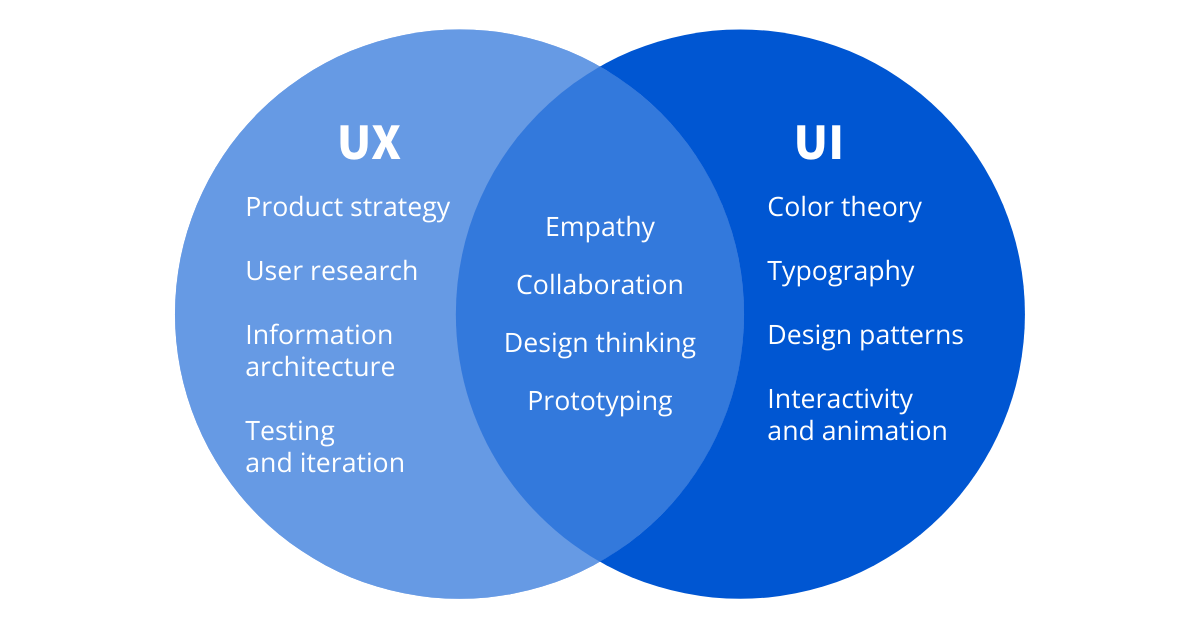Blitz News Digest
Stay updated with the latest trends and insights.
Designing with the Heart: Crafting User Experiences That Speak Volumes
Unlock the secrets to unforgettable user experiences! Discover heart-driven design tips that captivate and engage your audience.
The Emotional Journey: How to Create User Experiences That Connect
Creating user experiences that connect on an emotional level is essential for any successful digital product. To achieve this, it's crucial to understand your audience deeply—what they value, their pain points, and their aspirations. By developing user personas, you can tailor your design and content to evoke emotions that resonate. For example, storytelling can be a powerful tool; incorporating narratives into your user journey can make your product relatable and memorable. Here are some key elements to consider:
- Empathy: Put yourself in your users' shoes.
- Visual Design: Use colors and imagery that evoke specific feelings.
- Feedback: Incorporate user feedback to refine emotional touchpoints.
Moreover, the emotional journey should not end at the initial interaction; it should extend throughout the entire user experience. Consistent engagement can build loyalty and foster a stronger connection. Utilize personalization to make users feel understood and valued; this can range from personalized recommendations to customizable interfaces. A well-crafted emotional experience can transform a mundane interaction into something profound, ultimately driving user satisfaction and retention. Remember, in the digital landscape, emotions matter—make sure to design for them.

Beyond Aesthetics: Designing with Empathy for Enhanced User Engagement
In today's digital landscape, designing with empathy transcends mere aesthetics, pushing brands to create solutions that truly resonate with users. Empathetic design involves understanding the experiences, emotions, and needs of the audience, which can lead to enhanced user engagement. By integrating user feedback and behavior analytics, designers can develop interfaces that not only look appealing but also improve usability and accessibility, ensuring that all users, including those with disabilities, feel valued and understood.
Enhanced user engagement is achieved when design goes beyond the visual to create meaningful interactions. This can be accomplished through features such as personalized content delivery, intuitive navigation, and responsive design that adjusts to diverse user contexts. Furthermore, employing user-centric techniques such as user personas and journey mapping can help teams identify pain points and areas for improvement, ultimately leading to richer, more satisfying user experiences that foster loyalty and trust.
What Makes a User Experience Heartfelt? Key Elements to Consider
Creating a heartfelt user experience goes beyond just meeting functional needs; it involves making an emotional connection with users. To achieve this, consider elements such as empathy, which allows designers to understand the users' feelings and motivations. For instance, a website that acknowledges a user’s pain points and offers genuine solutions can significantly enhance their overall experience. Additionally, personalization plays a vital role; the more a user feels that a service is tailored to their individual preferences, the stronger their connection to the brand will be. Implementing features like personalized content recommendations or customized onboarding processes can lead to a more impactful interaction.
Another crucial factor that contributes to a heartfelt user experience is the consistency of the brand's voice and visual elements. Users appreciate when a brand speaks to them in a relatable way, fostering trust and loyalty. Using storytelling techniques can effectively convey the brand's message and values, making users feel more connected and invested. Moreover, ensuring seamless navigation and accessibility across all devices reinforces a user-friendly environment, allowing users to engage with the content effortlessly. By prioritizing these elements, businesses can cultivate a meaningful relationship with their users, resulting in an experience that resonates long after the interaction ends.